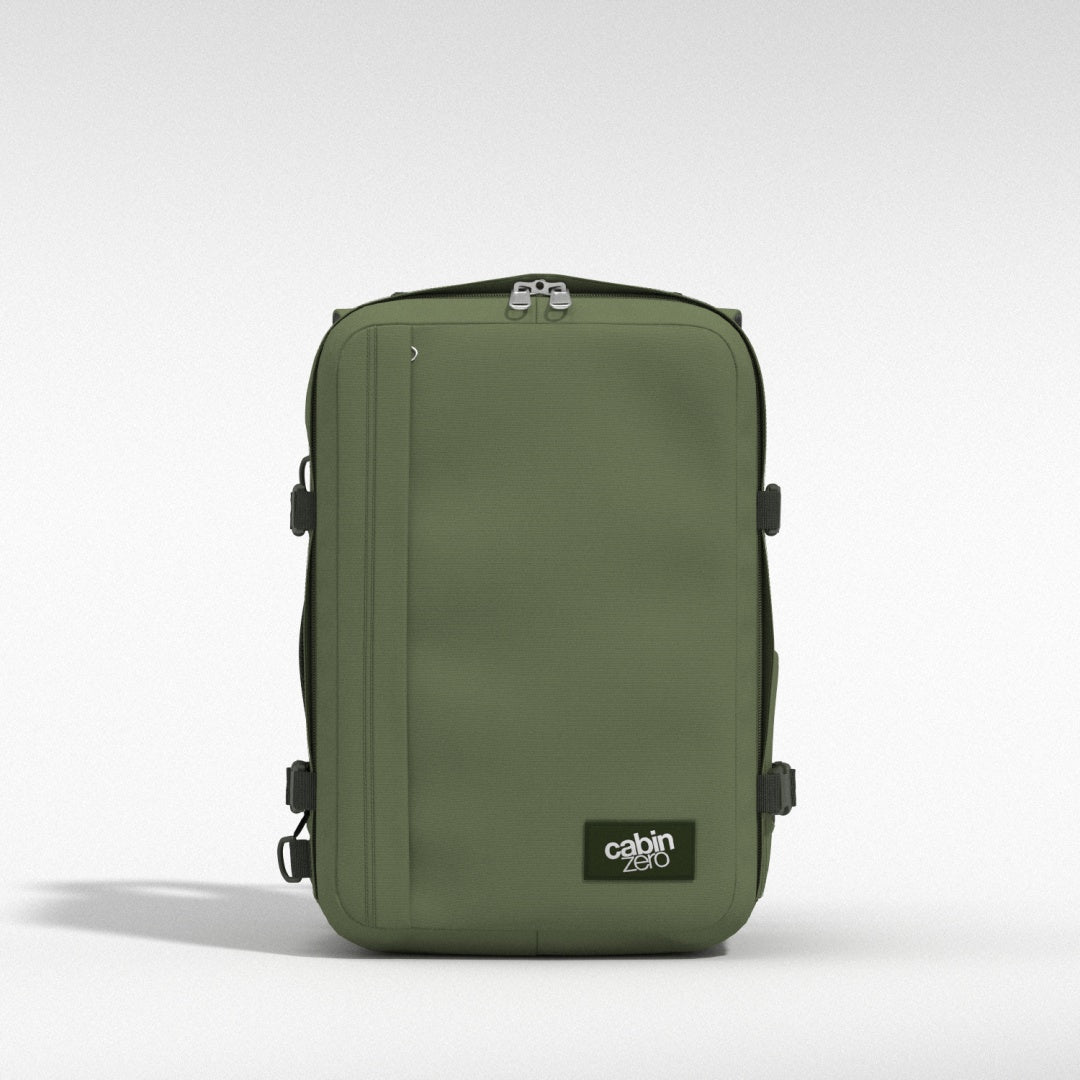CONTENTS
Hiking at the best national park: Yellowstone
Thinking about Yellowstone starts a slideshow of images of Lower Yellowstone Falls pouring thunderously into the colorful magnificence of the Grand Canyon of the Yellowstone River, a sight I’ve experienced while hiking both in summer and half frozen in the depths of winter.
When I remember Yellowstone National Park, I remember sudden appearance of wolf pack on a skyline ridge howling at the vast, impervious sky. Thinking about Yellowstone starts a slideshow of images of Lower Yellowstone Falls pouring thunderously into the colorful magnificence of the Grand Canyon of the Yellowstone River, a sight I’ve experienced while hiking both in summer and half frozen in the depths of winter.
I remember smiling like young kids seeing geysers erupting in the Upper Geyser Basin, or whistling fumaroles in the Lower Geyser Basin, or the kaleidoscopic surface of Grand Prismatic Spring in the Midway Geyser Basin. I have clear pictures watching a black bear sow with cubs in tow shuffle across a meadow at dusk; hearing the nasal shriek of an elk bugling as I stood on a boardwalk in the steam of Mammoth Hot Springs at dawn on a chilly autumn morning (lead photo, above); and many times seeing hundreds of bison quietly grazing a grassy valley.
America’s National Park System is undisputedly without any competition. Yellowstone rightfully deserves to be at the top of the list of 59 U.S. national parks.
Yellowstone National Park is one of America's premier wilderness areas. The park covers more than 2.2 million acres, has more than 900 miles (1,449 km) of hiking trails, and is primarily managed as wilderness.
When planning a hike, remember that many of Yellowstone’s trails are more than 7,000 feet above sea level. Until late May or early June, and some (especially mountain passes) are snow-covered until late July. Also, many routes require fording rivers that can be 25 feet wide, 3 to 6 feet deep, extremely cold, and swiftly running during our late spring runoff. From a map, even experienced hikers can’t tell whether a stream will be a raging torrent or merely a swollen creek.
Yellowstone preserves the Lower 48’s most complete living history of the natural world that once covered much of North America, but today exists only in a very few remote, sparsely populated, and best-protected corners of the continent. Wolves, extirpated from the park for six decades until reintroduced in the mid-1990s, now number in the hundreds in Greater Yellowstone. Grizzly bears, brought to the brink of disappearing from Yellowstone, have rebounded tremendously since being listed as threatened with extinction in 1975.
Today, those species, as well as hundreds of moose and thousands of bison and elk, roam the park’s 2.2 million acres and surrounding national forest lands almost as if Columbus had never reached America. Yellowstone hosts the largest concentration of mammals in the contiguous United States.
Treks to stunning waterfalls, geyser basins, plunging canyons, and more await day trippers. Yellowstone National Park covers more than 2.2 million acres with more than 900 miles of hiking trails in backcountry wilderness.
I haven’t heard anyone saying that they have explored all that Yellowstone has to offer. So I’ve listed few hikes, each with a charm and a challenge.
- STORM POINT LOOP TRAIL. It’s an easy trek at Fishing Bridge and Lake Village Area. This is a flat, loop through a forest leading to a rocky peninsula jutting into Lake Yellowstone. Where you can experience the beauty forest, beach, and water all in one trip. You can enjoy the beauty of a wilderness sunrise or sunset.
- TROUT LAKE. Trout Lake hike is an easy one. It is a pleasant walk through the woods where you might see otters feeding on cutthroat trout in the river or bears foraging. Ospreys dart from the sky to fish as well. The trail rises 150 feet through a Douglas fir forest to the lake. It’s chance for some stellar wildlife viewing.
- MYSTIC FALLS. The Old Faithful Area offers an easy hike. You can journey through new growth forest and then hike to the falls. At the waterfall, the river drops 70 feet as it rushes through a narrow slot. Often, geothermal activity creates an eerie steam. You can climb past the falls to the junction with Fairy Creek Trail and head to the Biscuit Basin overlook. One of Yellowstone’s classic waterfalls with great views.
- TOWER FALL OVERLOOK. Tower-Roosevelt region is home for a easy trek. The 132-foot waterfall on Tower Creek is captivating, gushing onto the rocks below. It is a short hike featuring minarets sculpted by water through the basalt formation. A paradise for photography enthusiasts.
- UNCLE TOM’S TRAIL. This trek at Canyon area is of moderate difficulty. Uncle Tom’s Trail carries you from the top of the Grand Canyon of the Yellowstone to the base of the 308-foot lower Falls. The vertical elevation change is about 500 feet at a steep angle. You get to experience the iconic Yellowstone view of the waterfalls from the bottom of the trail.
- ELEPHANT BACK MOUNTAIN TRAIL. The hike level is moderate at Fishing Bridge and Lake Village Area You can view the peaks that border its eastern edge. The hike gains 800 feet to the summit, but the trail is well maintained and it doesn’t feel that steep. It’s an open forest.
- BEAVER PONDS LOOP. Mammoth Hot Springs Area hiking difficulty is moderate. The commence is steep, but the views of Gardner Canyon leading to the ponds, which features a beaver dam and lodge doesn’t allow you to feel tired. You can encounter wildlife here.
- LONE STAR GEYSER. Old Faithful Area is an easy hike. This stretch is five-mile and starts with a cascade of falls and follows a river, first on one side and then the other, through a wooded valley to reach the centerpiece of Yellowstone’s four backcountry geyser basins. The Lone Star Geyser erupts about every three hours. The best geyser and river hike combination in the park.
- SOUTH RIM OF THE CANYON. This canyon area offers a moderate trek which is highly recommended. It is a hike along the rim of the Grand Canyon of the Yellowstone with stunning views of both the canyon and falls. The canyon is 20 miles long and from 800 to 1,200 feet deep, though the trail is a 4.5 mile loop when done completely. At Artist Point, you will experience an unforgettable view to rival the tunnel view at Yosemite or the view from the South Rim of the Grand Canyon. You can experience the river and the stunning rhyolite rock formations of the canyon.
- BUNSEN PEAK TRAIL. The Bunsen Peak is a strenuous hike though a short one. The panoramic views of the Gallatin Mountain Range are the best in the park. You’ll pass a stand of dead trees with an otherworldly feel and a rock formation called Cathedral Rock.
- MOUNT WASHBURN TRAIL. This canyon area hike is a strenuous one. The trail travels through a forested area with vistas of the Grand Tetons, and Old Faithful Geyser Basin and the Grand Canyon of the Yellowstone. During July, wildflowers blanket the mountain. You’re likely to see bighorn sheep. The temperature drops at the end of the summitand there are often afternoon storms. You need to start early if you want to avoid them. You can sit inside the lookout on top and take panoramic shots from a height of 10,243 feet.
- AVALANCHE PEAK. Fishing Bridge and Lake Village Area offers a strenuous hike For many Yellowstone hike experts, this is their favorite hike. You will find forests of meadows with wildflowers, passes gurgling streams, and concludes 2,100 feet higher on a barren peak with views that stretch across Lake Yellowstone. When the trail offers options, stick to the left so you can traverse the length of the ridge with the best views.














Leave a comment